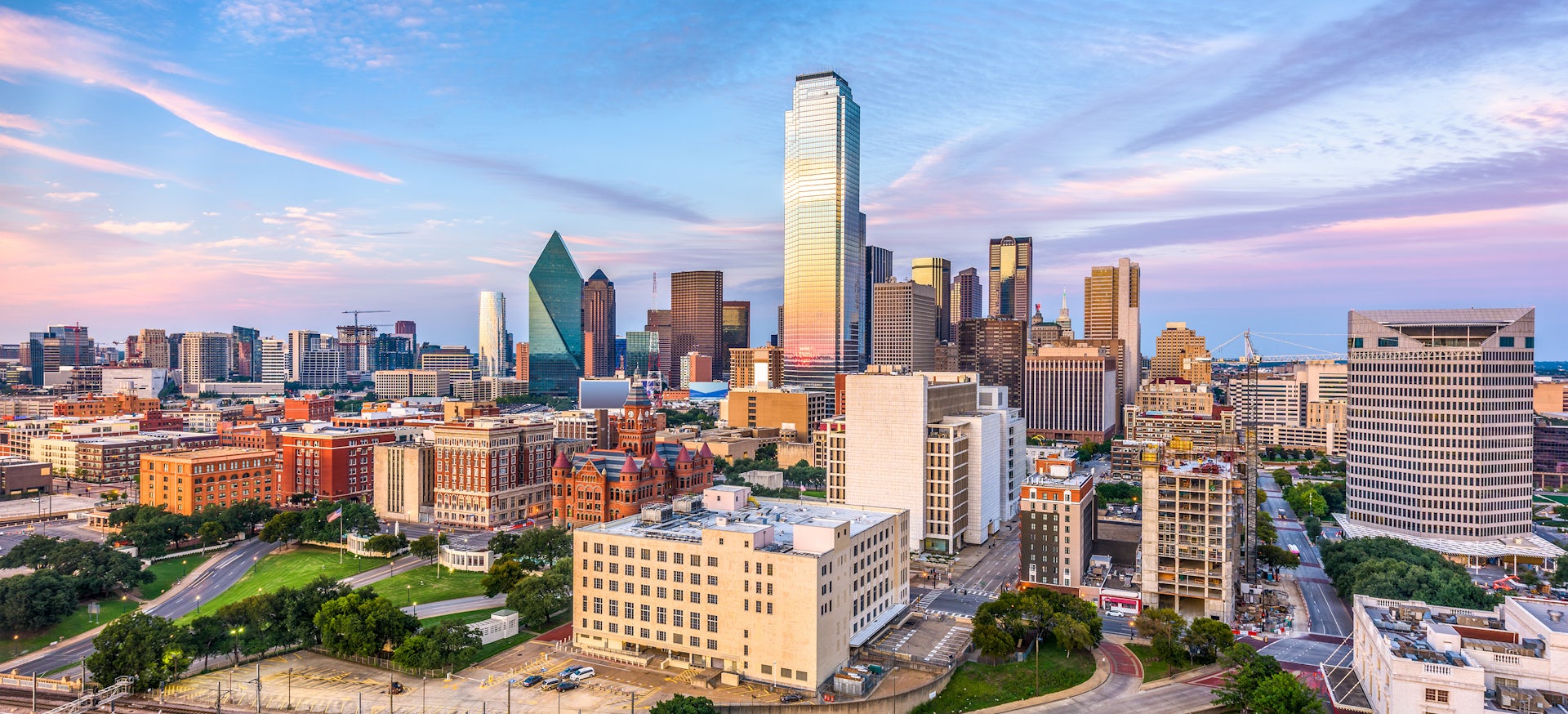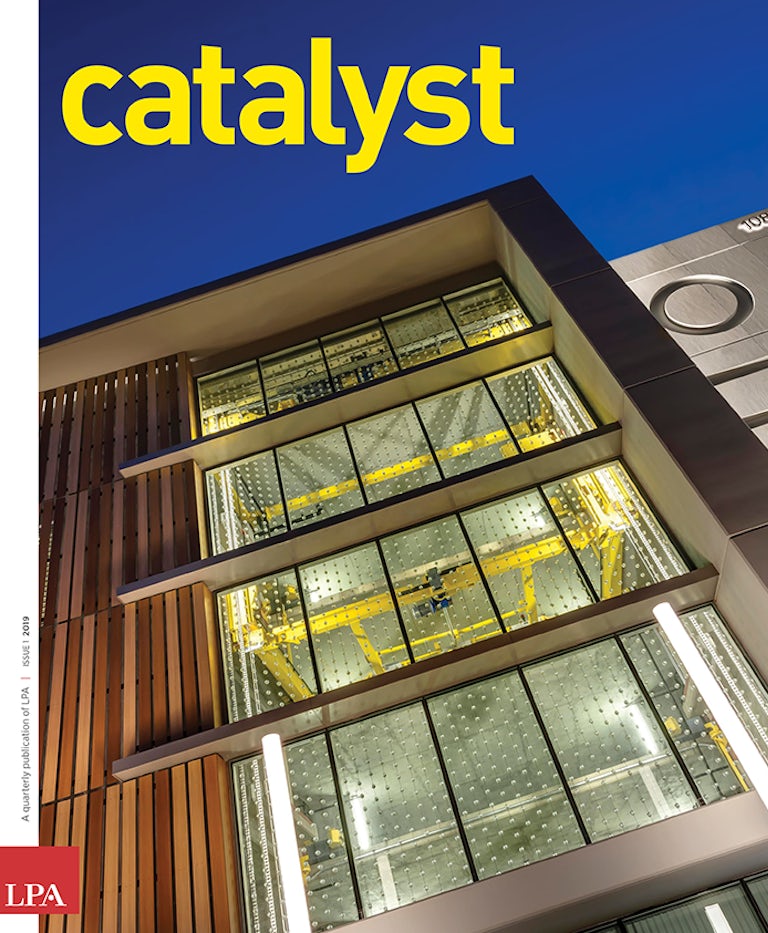Byron Carlock, Jr. is the national real estate leader for PwC, which works with the Urban Land Institute to produce Emerging Trends in Real Estate®, the annual look at real estate investment and development trends, property sectors, and other real estate issues. The forecasts and predictions are the result of personal interviews and survey responses from more than 2,400 industry experts. In an interview with Catalyst, Carlock discusses what’s next in sustainability, mixed-use developments and community design.
Why was Dallas named the top prospect for real estate investment in the U.S.?
Dallas continues to be attractive for corporate relocations. It’s very well located, has relatively affordable housing and is an important distribution market for the country. City and regional leadership have focused on rapid transit, improvements to the airports and a live/work/play lifestyle, all against a backdrop of a no-income-tax state. If you look at emerging trends this year, it was especially obvious that the no-state-income-tax states seemed to be some of the more attractive environments for investments and development.
What surprised you in this year’s responses?
In the era of “amenities gone wild,” developers are looking for new strategies to attract and retain tenants. There’s a new position we’re seeing from developers called the “lifestyle manager,” which is upping the game of what used to be the building concierge. As our professional lives blend with our work lives into a 24/7 schedule of activities, anything that helps give back time to us, make our lives more enjoyable and add to our health and wellness are leading the amenitization of real estate.
What role is mixed use playing in the conversation?
Everything is moving toward mixed use. That can look like residential with retail or office on the ground floor. Or one of the biggest absorbers of retail space is health and wellness. Think fitness chains who’ve had nationwide growth recently, and hospital brands placing emergency centers and outpatient facilities closer to patients’ neighborhoods. Their clientele appreciates the proximity to their homes and adjacency to other stores.
As we look at the evolution of retail — which was the last category of attractive investment and development opportunities — we’re building less of it. The industry is self-regulating its supply and demand issues. The retail that is being built today is more relevant to a mixed-use service orientation. And we can’t deny the power of omnichannel. What was perceived as an “either-or” exchange is actually a “both-and” accommodation to consumer preferences with the opening of brick and mortar stores to complement an online presence.















